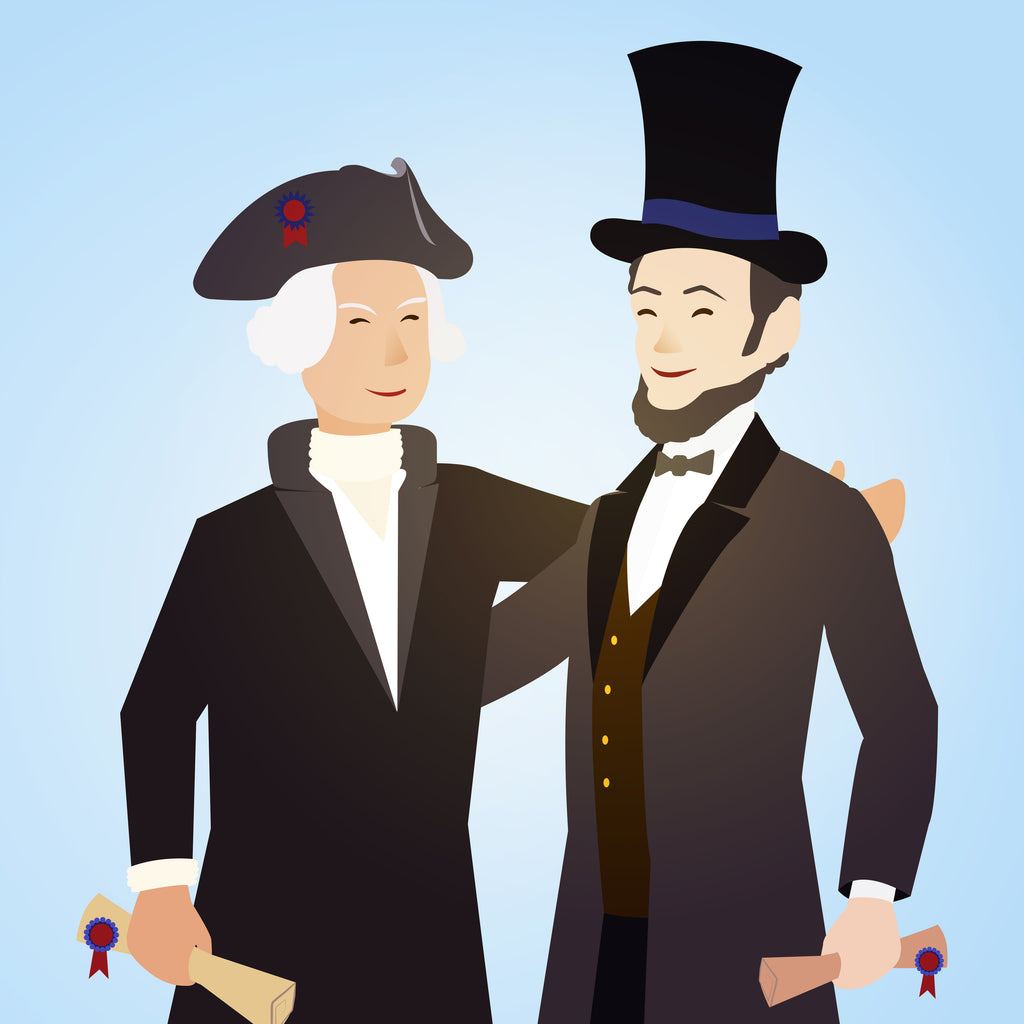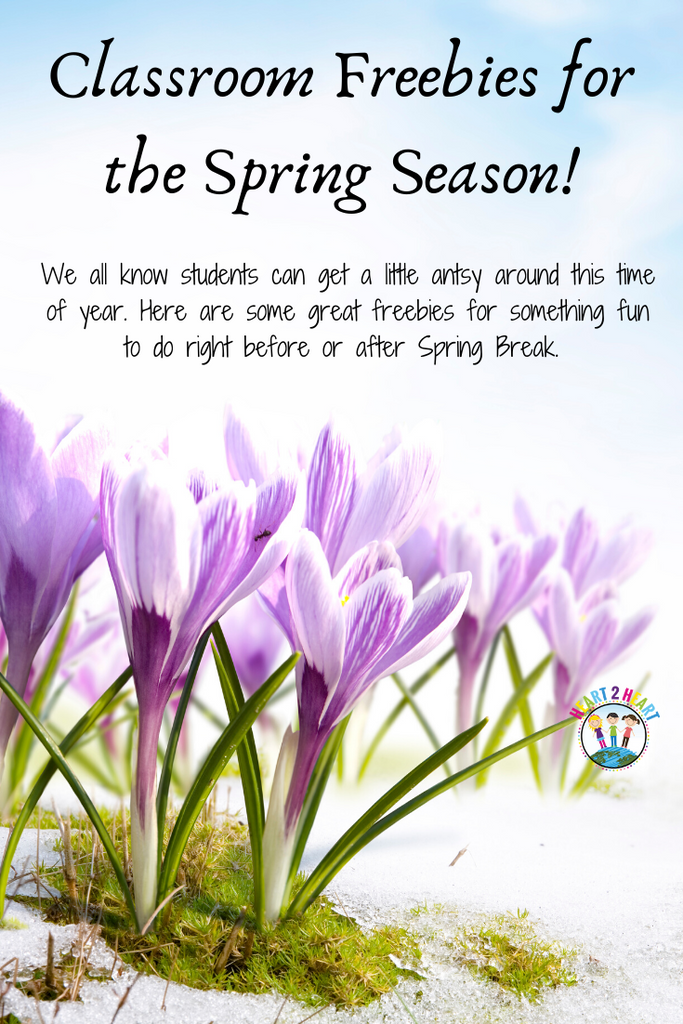Tax included. Shipping calculated at checkout.
News

5 Fun Activities To Celebrate Presidents' Day
Feb 07, 2022
The celebration of our nation’s former leaders takes place every year on Presidents' Day, a holiday that was established in the late 1800s to honor two of our greatest presidents, George Washington and Abraham Lincoln. Though both presidents were born in February, this special holiday honors the life and achievements of both men and serves as a reminder of the importance of their legacies. Here...

It's Almost Summer Teacher Giveaway
Jun 11, 2021
With summer being right around the corner, we wanted to show how much we appreciate teachers with a SPECIAL GIVEAWAY. Enter the giveaway below to win a $20 gift card and start stocking up on Boom Card decks for next school year.

Classroom Freebies for the Spring Season
Mar 12, 2020
I can't believe that Spring is right around the corner. I know this time of year can be hectic and crazy! So, to help you out, I have put together a list of some great Spring freebies from some upper elementary teacher-authors! We all know students get a little antsy around this time of year. Here are some great freebies to use for early finishers, when you have a substitute, during...
